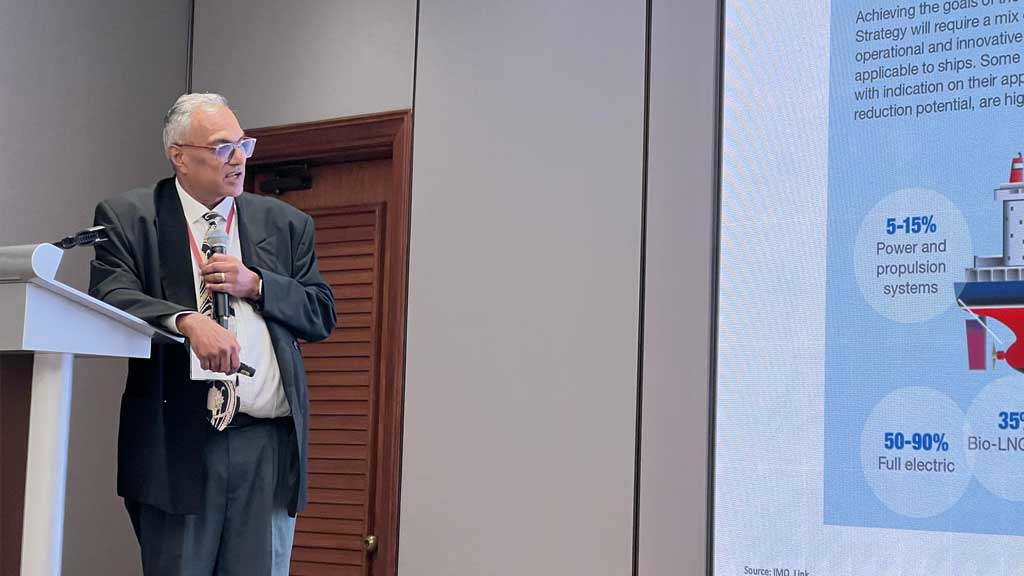
Managing modern slavery risks
In 2014, the International Labour Organisation (ILO) estimated 35.8 million people were exposed to modern slavery. Two years later the published figure had jumped to 45.8 million. Modern slavery concerns have increased during the Covid-19 pandemic due to the disruption of employment and education, an increase in extreme poverty and forced migration. An estimated 50 million people were trapped in a modern slavery situation in 2021, according to figures published in September 2022, with roughly a quarter of all victims being children. This equates to one in every 150 people in the world confined to modern slavery.
Of the nearly 28 million people trapped in forced labour, a subset of modern slavery, over half occur in upper-middle-income or high-income countries like in the G20, with manufacturing and construction industries highly represented.
There is no fixed definition for modern slavery. Anti-slavery International, which claims to be the oldest international human rights organisation in the world, defines modern slavery as when an individual is exploited by others for personal or commercial gain. In all definitions of modern slavery, vulnerability and deception are central themes.
Companies are at a high risk of unwittingly becoming embroiled in modern slavery with increasing globalisation and the introduction of new players into supply chains. Involvement can have a lasting impact on a business’ reputation and performance. A significant portion of global manufacturers only conduct due diligence on the first tier of third-party suppliers and there is limited awareness and knowledge about slavery and forced labour.
Modern slavery is a part of ALIA’s Environmental, Social and Governance (ESG) guidelines. On January 13, 2023, ALIA held a webinar for members on Anti-Modern Slavery, where the prevalence of modern slavery and ways in which Asian companies can combat this issue were explored.
The webinar was moderated by Sharmini Lohadhasan, ethics and compliance manager at integrated energy company bp. Asya Jamaludin, counsel, CMS Cameron McKenna Nabarro Olswang LLP, outlined the legal landscape and highlighted global efforts to eradicate slavery. Jamaludin’s practice provides front-end and transactional advice on oil and gas engineering procurement and construction for clients seeking to do business in the Asian region. Krishna KNG Asia supply chain director for bp’s Castrol, detailed best practices to diminish modern slavery risks in supply chains. Krishna is responsible for the end-to-end supply chain for Castrol lubricants within Asia Pacific and has led a risk mitigation effort on responsible sourcing.
Anti-modern slavery legislation has been introduced in many G20 countries to tackle modern slavery. During the webinar, Jamaludin outlined a strong response from governments in the Netherlands, the United States, the United Kingdom, Sweden, Australia, Portugal, Croatia, Spain, Belgium, Germany and Norway.
Jamaludin emphasised increasing requirements for large businesses to report on modern slavery risks in their operations and supply chains. In Australia, companies with a turnover of more than AUD100 million are required to prepare and publish an annual modern slavery statement and in the UK, annual statements on actions to prevent modern slavery in supply chains and their operations are required for companies valued at more than GBP36 million. Although, the UK requirements do not go as far as the Australian obligations, says Jamaludin.

From left to right: Sharmini Lohadhasan, Krishna KNG, Asya Jamaludin
Krishna highlighted three key drivers for managing modern slavery risks including increased customer expectations that products are ethical and conflict-free, growing shareholder expectations, and the potential impact a slavery scandal could have on the bottom line and the license to operate. He also highlighted the risk from increasingly globalised and interconnected supply chains thus requiring more diligence from ALIA members.
During the session, Krishna outlined current best practices for mitigating modern slavery risks. He emphasised the importance of using certifying bodies to assess whether companies have the right level of modern slavery protections as part of the procurement process. Audits and verifications of contractors are also important, with Krishna encouraging the use of established third parties who have built their muscle around doing verifications. It is not easy checking into the living conditions of employees of contractors and this needs considerable experience and understanding, he says.
Despite these best practices, there are ongoing challenges relating to the significant turnover of contractors and employees, says Krishna. However, there has been a step change in understanding the risk of modern slavery and the topic has moved up the hierarchy in organisations in recent times, with executive or board oversight becoming more common;including a focus on a global level.
The speakers identified several emerging themes in modern slavery mitigation. Jamaludin emphasised an increasing push for modern-day slavery statements. While this is more prevalent in businesses of a certain size, an emerging trend is smaller companies starting to make such statements, she says. While there is no penalty for not making a statement, doing so informs a company’s behaviour and enhances its reputation.
Krishna noted the growing importance of technology to aid greater transparency. Modern slavery risk identification and management tools can help organisations work in partnership with others to improve protections and reduce the risk of exploitation. A key distinction is the use of technologies to detect versus technologies to prevent modern slavery. Development of preventative technologies is gaining increasing attention. It is better to prevent rather than detect and then try for mitigation, says Krishna.



